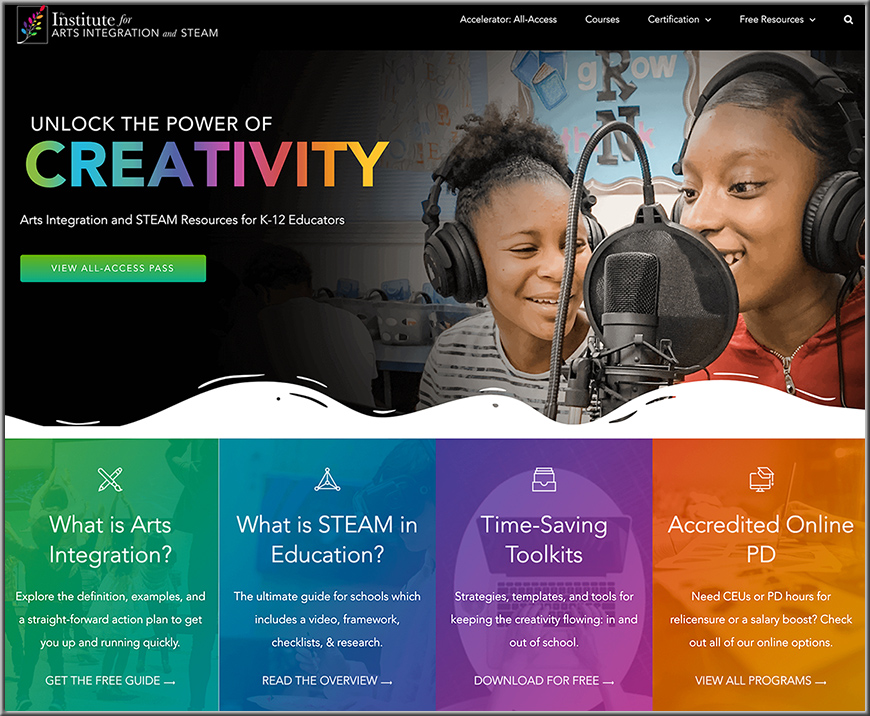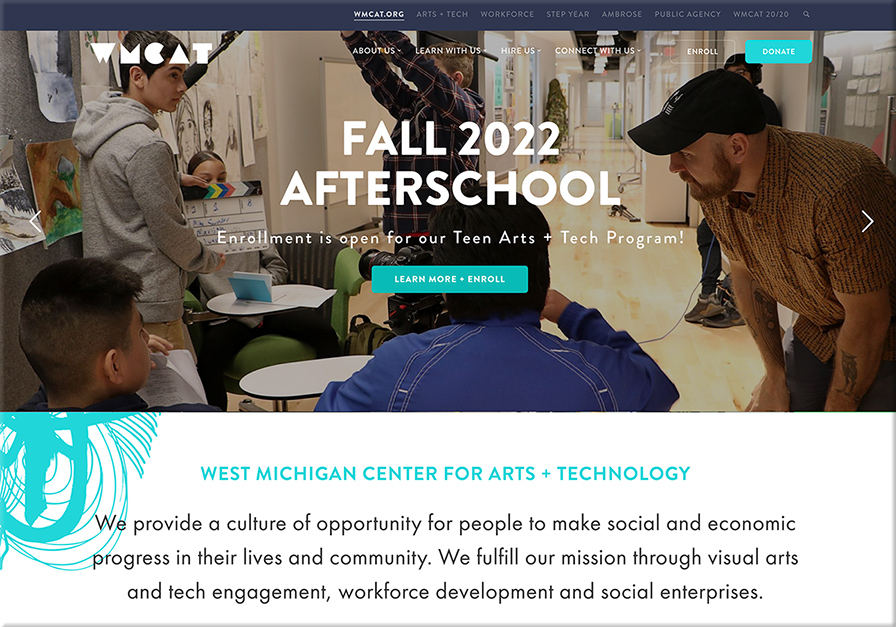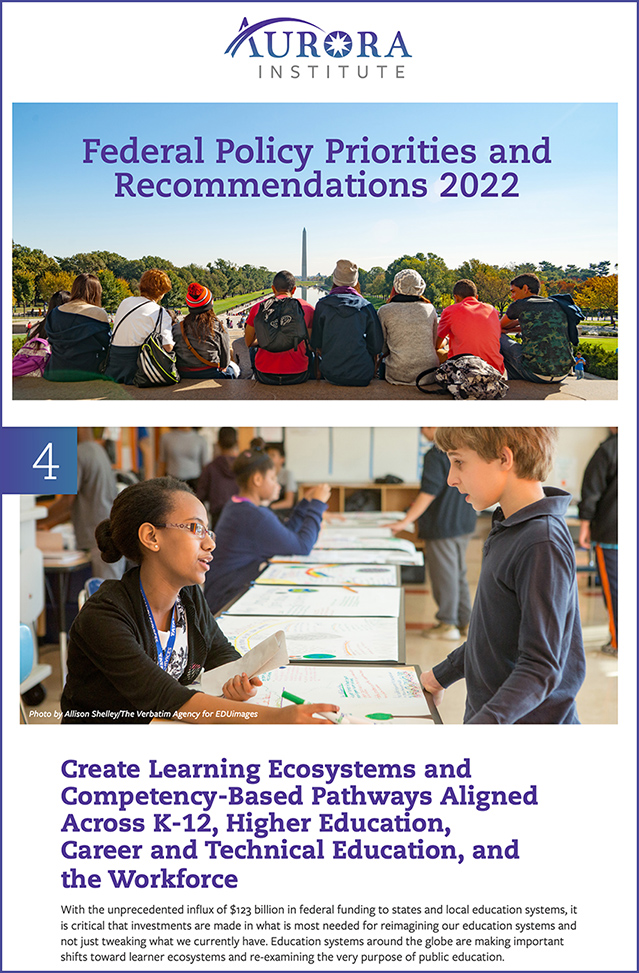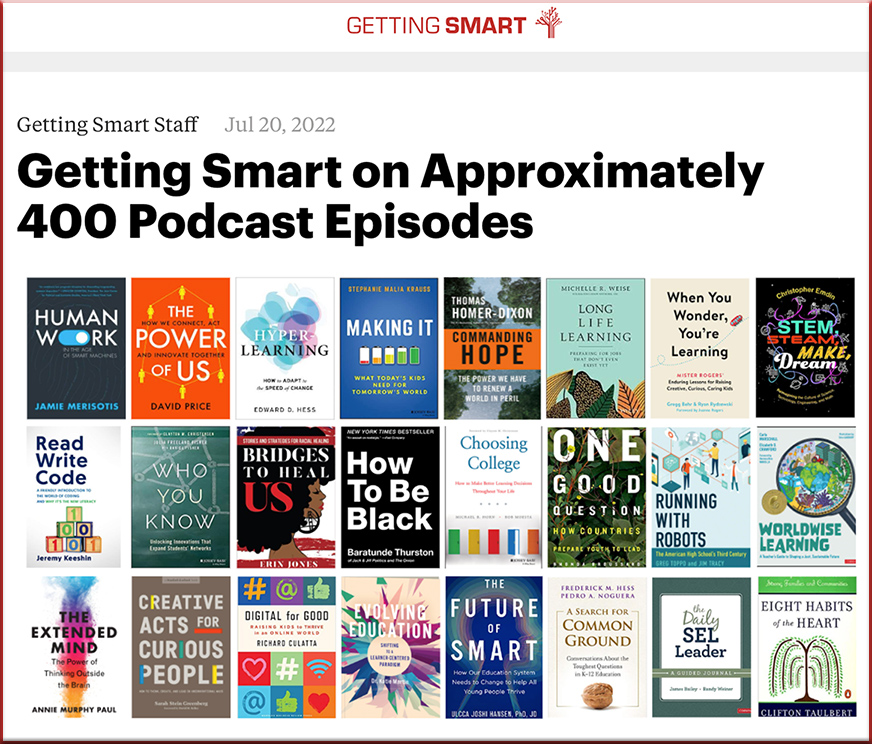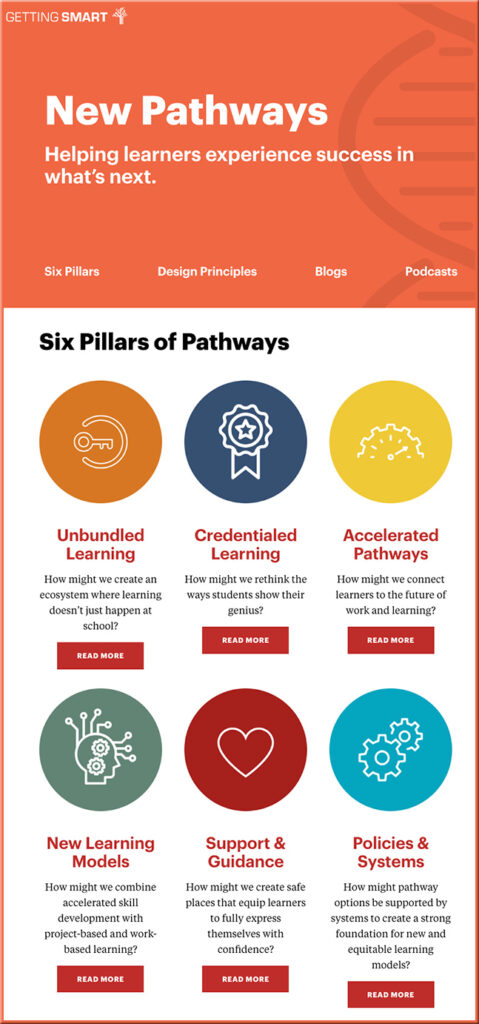Students Are Calling BS on High School and Opportunity Knocks — from gettingsmart.com by Trace Pickering
Excerpts:
Let’s be clear. These students are not wrong. The pandemic showed students that much of what they were required to do and endure during pre-pandemic high school was a lot of busywork and tasks that held little relevance or interest to them, and apparently didn’t really matter since they were able to be successful without all that extra work. When schools lost their ability to command and control a student’s time, it forced a different economy for schools and educators. It required the curriculum to be pared down to only the essential standards and information. It now had a very real and powerful competitor for the student’s time – a job, a hobby, sports, music, sleep…
Students are no longer a captive audience. They have more options and choices. To avoid obsolescence, perhaps schools should focus on making school a place where kids see value and want to come to each day.
This is a wonderful opportunity to put in place the things that really drive 21st-century skills and give students the keys to their own learning and growth. To truly personalize learning for students, and unlock teacher professionalism and creativity in the process. That extra time could allow students to pursue areas of passion and interest, to dive deep into a subject that interests them, pursue job shadows and internships, and earn and learn on a job.









